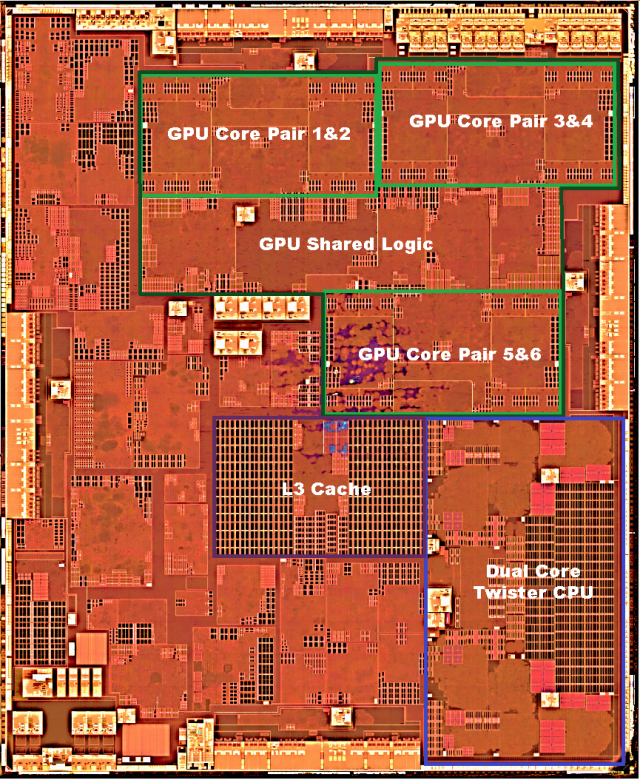As reported by Ars Technica, this wouldn’t be a dramatic shift for Apple, who already owns 8.4% of the company and designs its own custom CPUs. It would, however, be a significant change for the rest of Imagination Technology’s current licensees, who depend on the company for IP. Intel has made use of Imagination Technology in multiple products, as has Samsung. ARM develops its own graphics core, dubbed Mali, but plenty of ARM-based SoC manufacturers still choose to pair with a different graphics core. Imagination Technologies lost money in both 2014 and 2015 as its efforts to grow its MIPS, raytracing, and IoT businesses came to little while the market for smartphones and tablets that use its IP shrank. Still, the company has decades of experience in graphics, particularly power-efficient GPUs. The PowerVR2 powered the Sega Dreamcast, while Series 3 drove the short-lived but well-received Kyro GPU family.

It’s not clear if Apple will continue to support Imagination Technologies work on the Vulkan API if it acquires the company. To date, Apple has shown little interest in Vulkan, preferring to focus instead on its own API, Metal. Imagination, in contrast, has talked up its efforts for both Vulkan and real-time ray tracing. Buying Imagination Technologies would also give Apple theoretical access to MIPS as well as its ARM licenses, though the Cupertino company could also choose to keep just the GPU division of Imagination and sell the rest of the company off.
A major shake-up in IP licensing could give ARM some additional room to breathe or allow smaller competitors like Vivante to snap up some business as well. Apple could continue to operate the firm as an IP licensing division, but it’s more likely that it will take future designs private and build iPhone-specific capabilities. Short-term, we don’t expect Apple’s hardware to change much (assuming the deal goes through): Apple bought PA Semi in 2008 and launched their first CPU architecture (as opposed to an optimized SoC design) in 2012. It might not take that long to do a custom GPU architecture, but it would still take 12-18 months to roll a fundamentally new approach to graphics for future iDevices.






